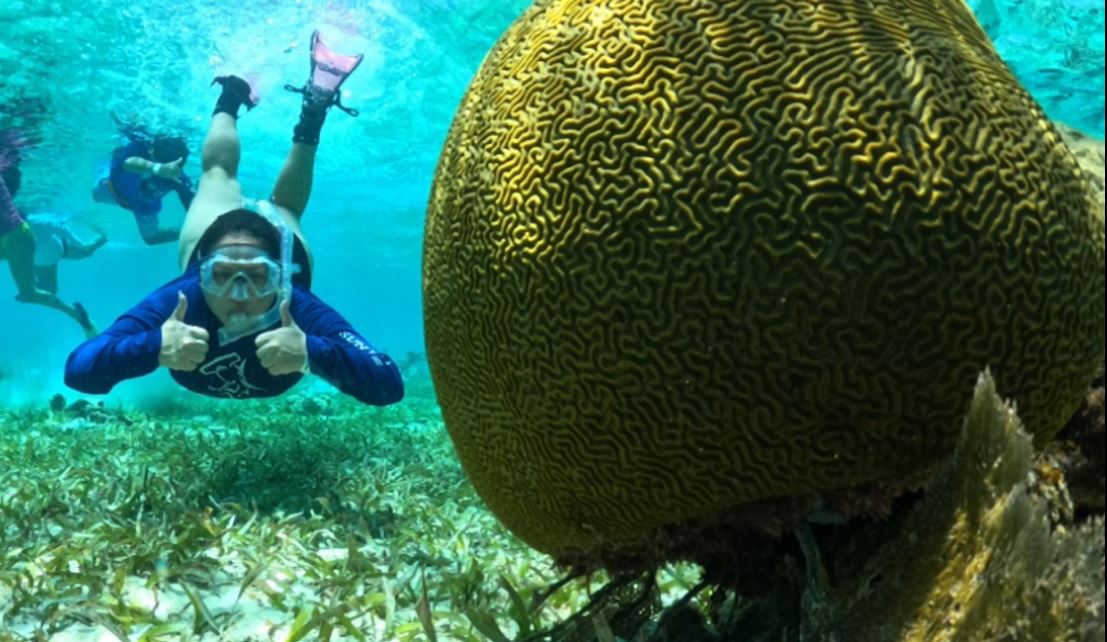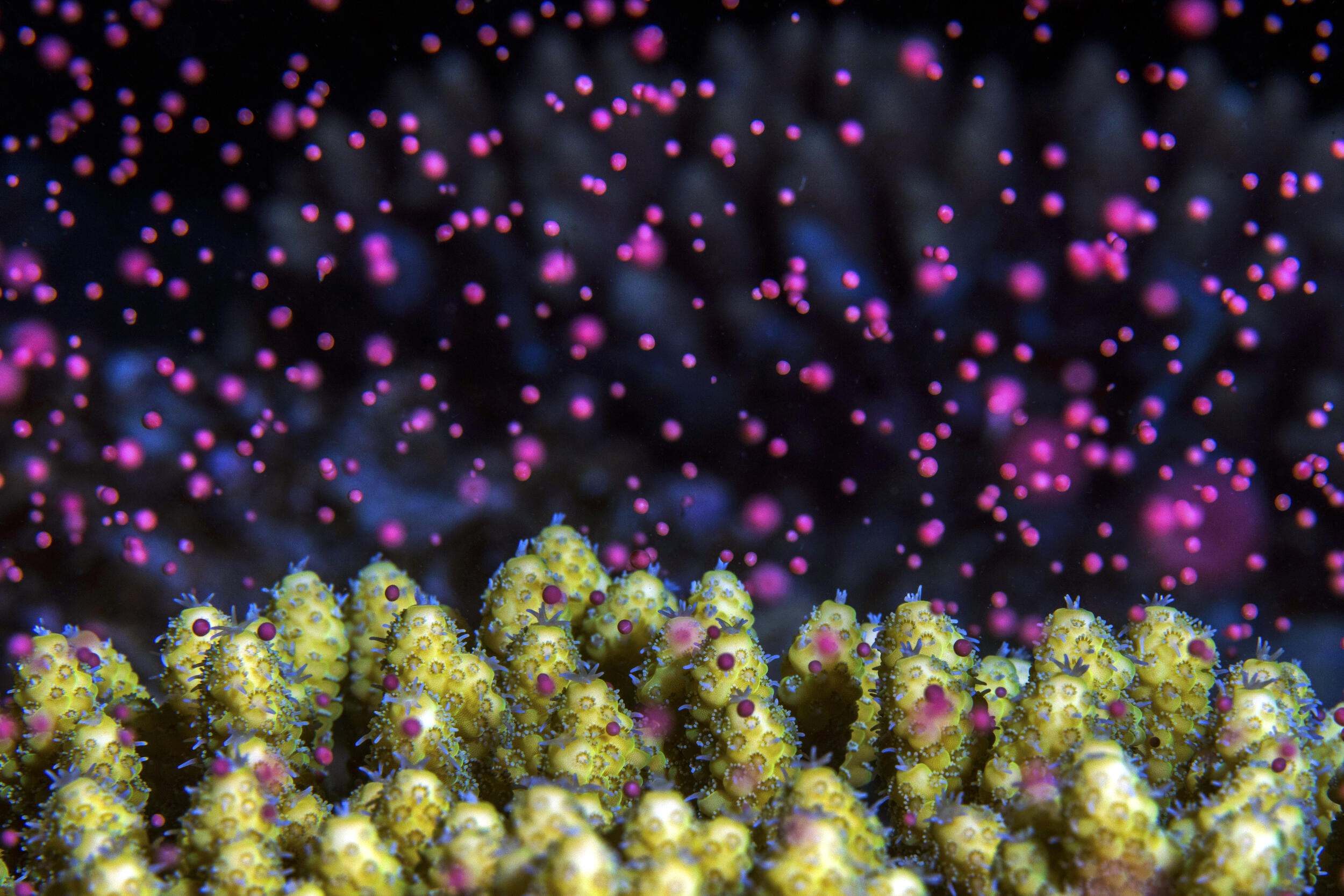Coral reef restoration is a process by which key habitat-forming species are reestablished in threatened coral ecosystems to help them recover from severe declines. However, alternative possible outcomes may result from out-planting coral fragments individually or in larger aggregations. It has been suggested that out-plants within aggregations might suffer from either negative interactions with neighbors (e.g. competition for space) or may benefit from such interactions (e.g. buffering wave disturbances). Given these possible contrasting outcomes, experiments are required to determine how spatial configuration and density affects the success of out-planted species. This study evaluates whether coral fragments should be out-planted individually or in larger aggregations by experimentally testing how aggregation density influenced initial coral growth over 3 months. The study was conducted on a degraded reef in St. Croix, US Virgin Islands, using out-plants of the critically endangered staghorn coral Acropora cervicornis.
Results showed that coral growth declined as a function of aggregation size. In addition, out-plants within larger aggregations had fewer and shorter secondary branches on average. These results indicate horizontal competition for space, suggesting that wide spacing of individuals will maximize the initial growth of out-planted branching corals. Researchers suggest explicit considerations of out-plant spatial arrangement and density in ongoing and future coral reef restoration projects.
Author: Griffin, J. N., E.C. Schrack, K.-A. Lewis, I.B. Baums, N. Soomdat, and B.R. Silliman
Year: 2015
View Abstract
Email for the full article: resilience@tnc.org
Restoration Ecology. doi: 10.1111/rec.12173


